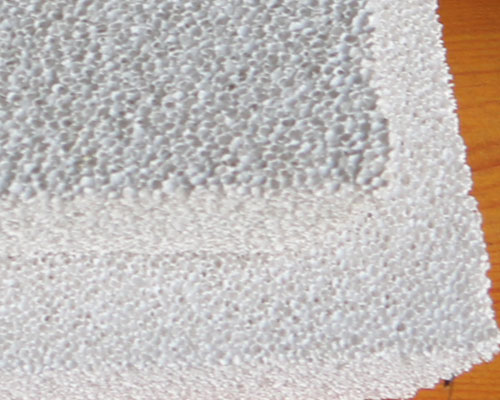Porous alumina ceramic filter mainly for filtration of aluminum and alloys in foundries and cast houses. The filter can effectively remove inclusions, reduce trapped gases and provide laminar flow, so the filtered metal is significantly cleaner.
Cleaner metal results in better quality castings, less scrap, and fewer embedding defects, which contributes to the bottom line.
Features of Porous Alumina Ceramic Filter
-Reduce waste related to inclusions.
-Reduce the costs associated with inclusion defects.
-Increase productivity with higher extrusion or rolling speeds.
-Increase casting flexibility with easy alloy changes.
-No metal support.
Porous alumina ceramic foam filters are normally applied by placing them in a filter box. It is important to preheat the filter and the CFF filter box before use. During preheating, care should be taken to control both the rate of heating and the temperature distribution. This minimizes thermal shock and stress in the filters and the refractory of the filter box.
Before a filter can be used, it must be completely wetted with molten metal. This happens when starting the casting operation. The amount of metallostatic pressure (or priming head) required to wet the filters depends on the alloy, metal temperature, preheating uniformity, preheating temperature, incoming metal quality, pre-filter treatments, and filter cell size.
Porous Alumina Ceramic Filter Molten Aluminum Filtration Mechanism
1. Rectification: After the turbulent metal liquid passes through the filter, it will become a smooth laminar flow state, which prevents the metal liquid from entrapment of gas, reduces the erosion of the metal liquid to the cavity, and exerts the slag blocking function of the gating system to avoid secondary oxidation slag.
2. Mechanical screening: there are a large number of oxide inclusions, slag, and other large impurities in the molten metal. A large number of inclusions can be screened out by selecting a foam ceramic filter with suitable pore size.
3. Filter cake: The ceramic foam filter has a three-dimensional structure, which can effectively block the slag. Many inclusions larger than the filter pore size are captured at the filter entrance. As the number of captured inclusions increases, a “filter cake” composed of large inclusions is formed at the entrance of the filter. The filter cake is streamlined so that the inclusions smaller than the pore size of the filter are also partially captured on the “filter cake”.
4. Adsorption: The ceramic foam filter has a large specific surface area, which is conducive to the adsorption of a large number of fine inclusions. This adsorption is mainly the physical adsorption of intermolecular gravity.

